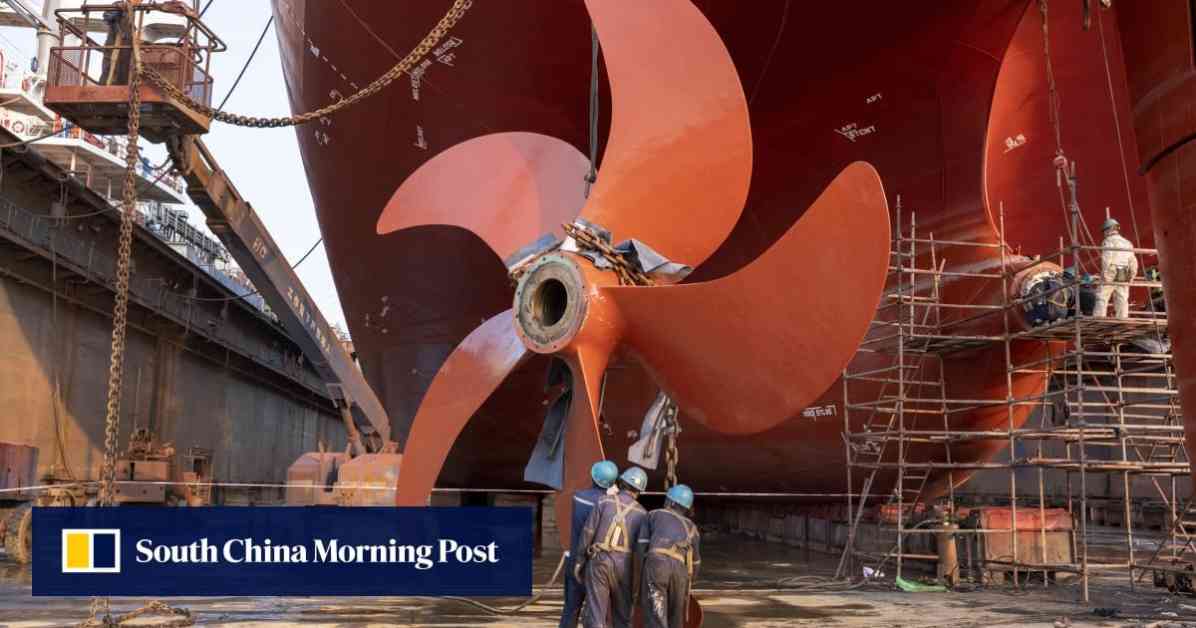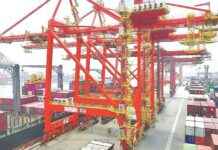China’s ship and container exports have surged in the first half of the year, reaching record highs since the outbreak of the coronavirus pandemic. This growth can be attributed to various factors such as supply chain disruptions caused by the Red Sea crisis and global fleet renewals.
According to customs data, China’s container exports saw a significant increase of 155 per cent year-on-year in June, with the export value rising by 85.97 per cent. The country exported a total of US$6.8 billion worth of goods via containers in the first half of the year, marking a 71.67 per cent increase compared to the previous year. The volume of exports also rose by 113.16 per cent during the same period.
In addition to container exports, China’s ship exports have also experienced substantial growth. The country completed vessels with a total cargo capacity of 25.02 million deadweight tonnes in the first six months of 2024, accounting for 55 per cent of the global total. China also received new orders for 54.22 million deadweight tonnes, with 171.55 million deadweight tonnes in orders on hand, representing a significant market share globally.
The total value of China’s ship exports reached US$20.7 billion in the first half of the year, an 85.2 per cent increase from the previous year. This marks the highest level of ship exports in the first half of any year since the start of the pandemic. The ongoing Red Sea crisis, which has led to disruptions in international shipping routes, has contributed to the increased demand for ships and containers for global maritime transport.
The Red Sea crisis has forced many shipping companies to divert their routes through the Cape of Good Hope, resulting in longer journeys and reduced idle capacity. This has created a structural demand for new ships to replace aging fleets and comply with new environmental regulations. As a result, China’s ship makers are expected to continue benefiting from this trend in the coming months.
Global shipping prices have been on the rise since April due to supply chain disruptions caused by the Red Sea crisis. China’s container exports have surpassed US$1 billion since April, showing a 53.9 per cent increase from the previous month. The Shanghai Containerized Freight Index, which measures container shipping rates, has remained above the 3,000-point level since June, indicating the ongoing strong demand for maritime transport.
In conclusion, China’s booming ship and container exports are driven by high demand resulting from supply chain disruptions and global fleet renewals. The country’s strong maritime industry is expected to continue supporting robust exports for the rest of the year, particularly in the LNG carrier sector. With the average age of the global fleet reaching a peak, the wave of ship renewal and replacement is imminent, offering continued opportunities for China’s shipbuilding industry to thrive.


